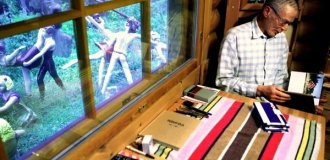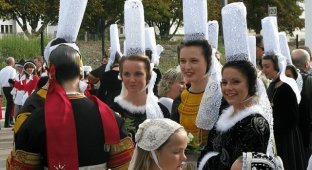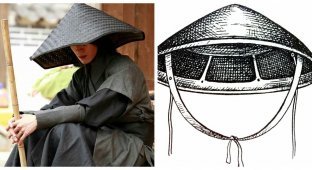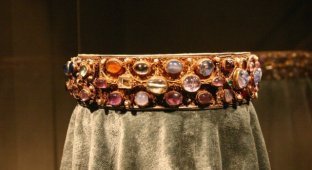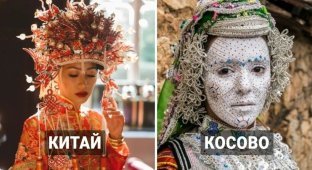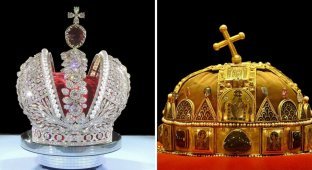Schlupfkap - the legendary Alsatian headdress and its history (12 photos)
Princess girls love lush bows. And tomboyish girls choose caps. But French women in part of the country had no choice at the beginning of the last century. And they wore these strange hybrids - a mixture of a cap and a bow. 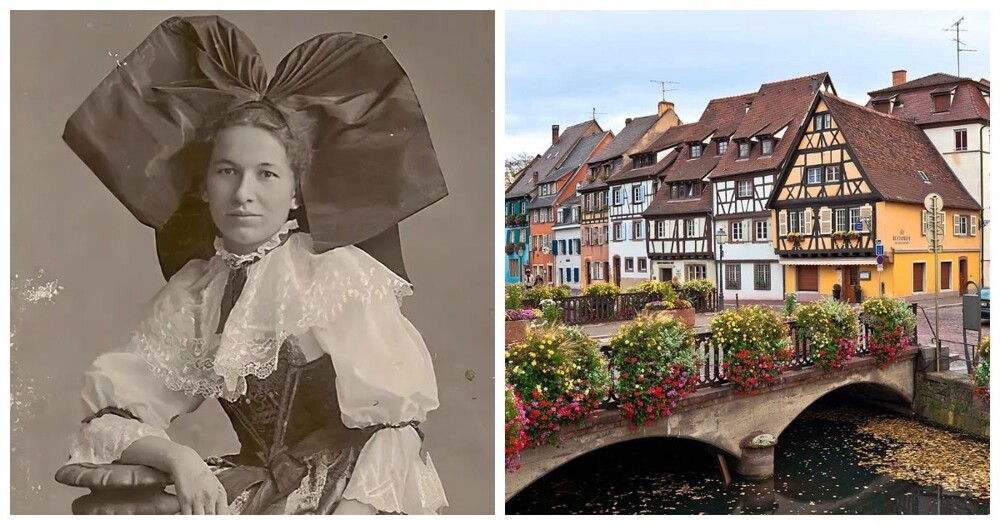
Alsace, located in northeastern France, acts as a kind of borderland between France and Germany. This unique status is reflected in its hearty cuisine, bucolic villages and distinctive traditions. 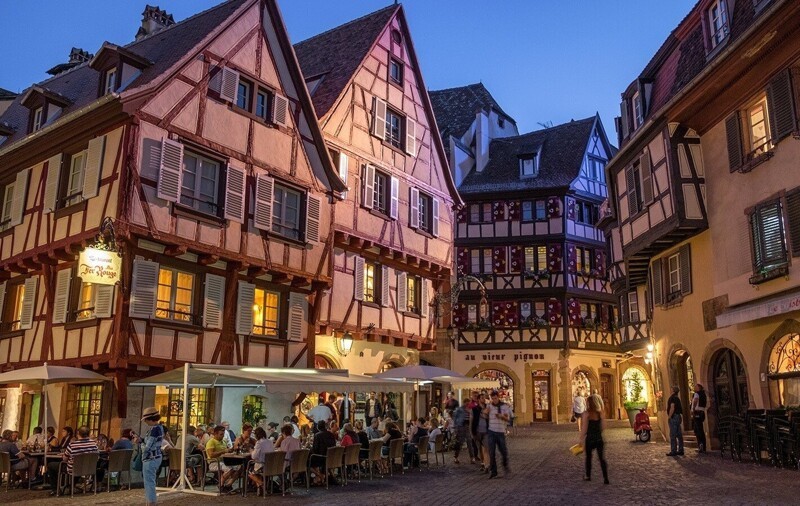
City of Colmar in Alsace, France
One such tradition is the Schlupfkapp, a colorful headdress that was once the hallmark of Alsatian women.
From German, the name literally translates as “slipper hat,” but in fact the Schluffcap is an elegant and very voluminous bow that influenced both fashion and the social identity of the region. 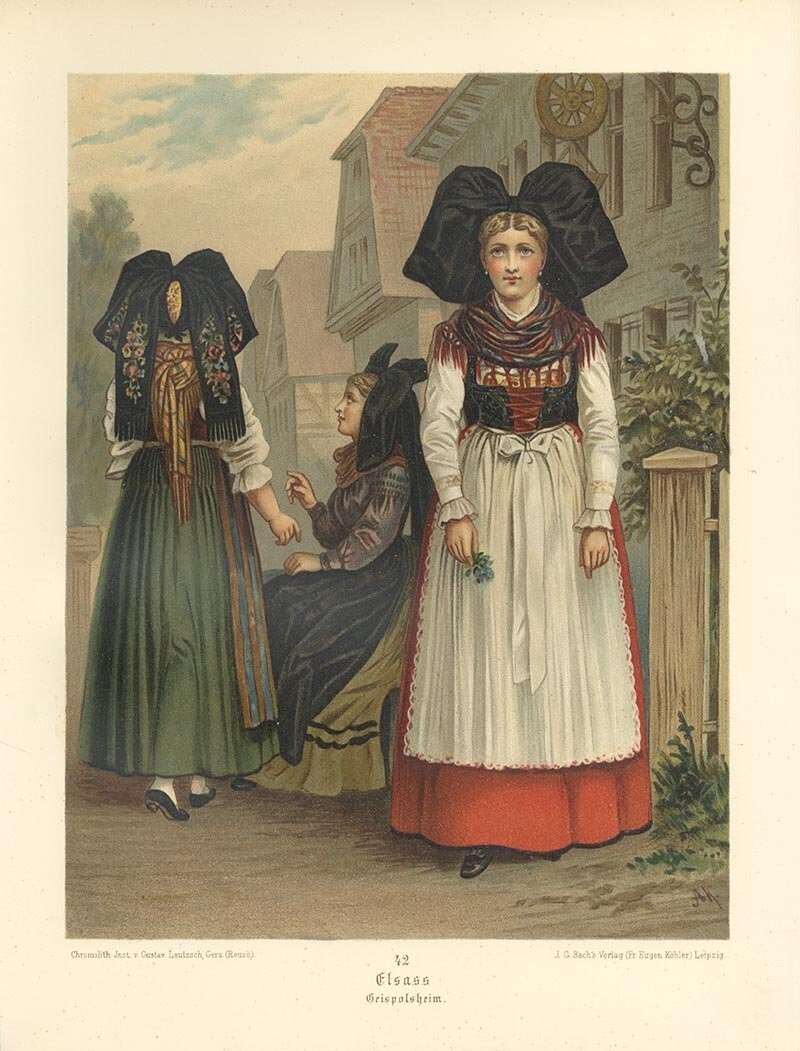
Traditional Alsatian outfit
The schlüpfkap appeared in the 19th century. At that time it was a simple thing, something like a modern leather jacket covering the head, tied with a ribbon. But fashion, like history, is cyclical. As the Industrial Revolution gained momentum, wider tapes became available. And, accordingly, I wanted to apply and demonstrate them to others. 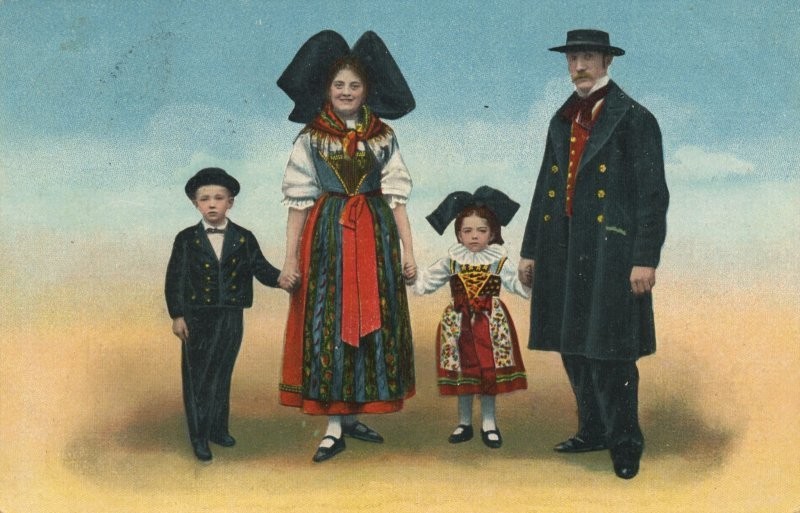
This abundance led to changes at Schlupfkapp. The width of the tape increased, and by the end of the 20th century it reached an impressive 35 centimeters. Tying these monsters in the traditional manner became impractical, leading to a change in style. 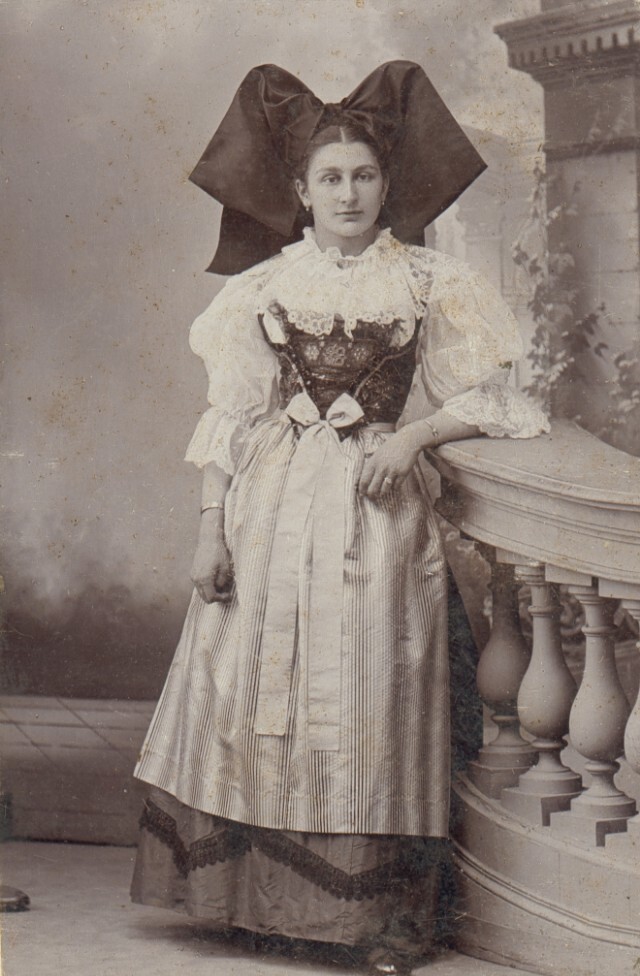
The ribbon was folded and secured, creating the signature oversized bow that became synonymous with Schlupfkapp (sometimes called Coiffe Alsassien in French). 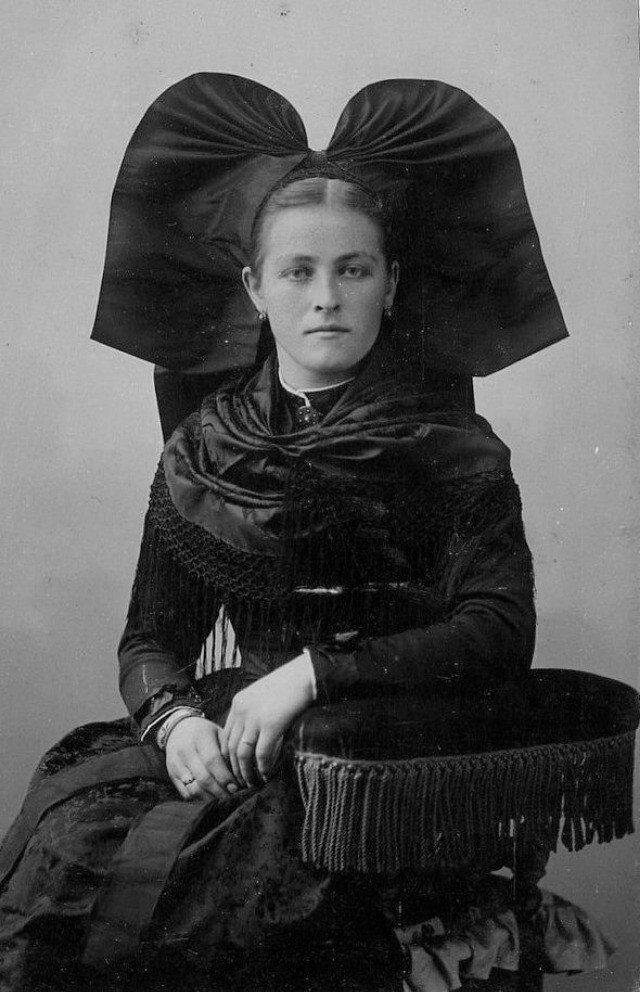
Protestant women preferred a more subdued look, wearing a simple black bow that reached to the shoulders. Catholics had more freedom in choosing a style. Their bows were often long, reaching to the waist, and featured bright colors, intricate embroidery, and a variety of fabrics.
This subtle distinction serves as a kind of litmus test, a visual indicator of faith in a region where religious identity played an important role. 
Schlupfkapp in Alsace meant more than just religious affiliation. He also pointed out the woman's marital status. The unmarried wore bows with fancy ribbons, adding a piquant touch to their traditional attire. However, after getting married, women began to wear more laconic and practical hats. 
Although the big bow remained, the emphasis still shifted to functionality. Made from durable fabric, it held hair securely in place, combining practicality with traditionality. 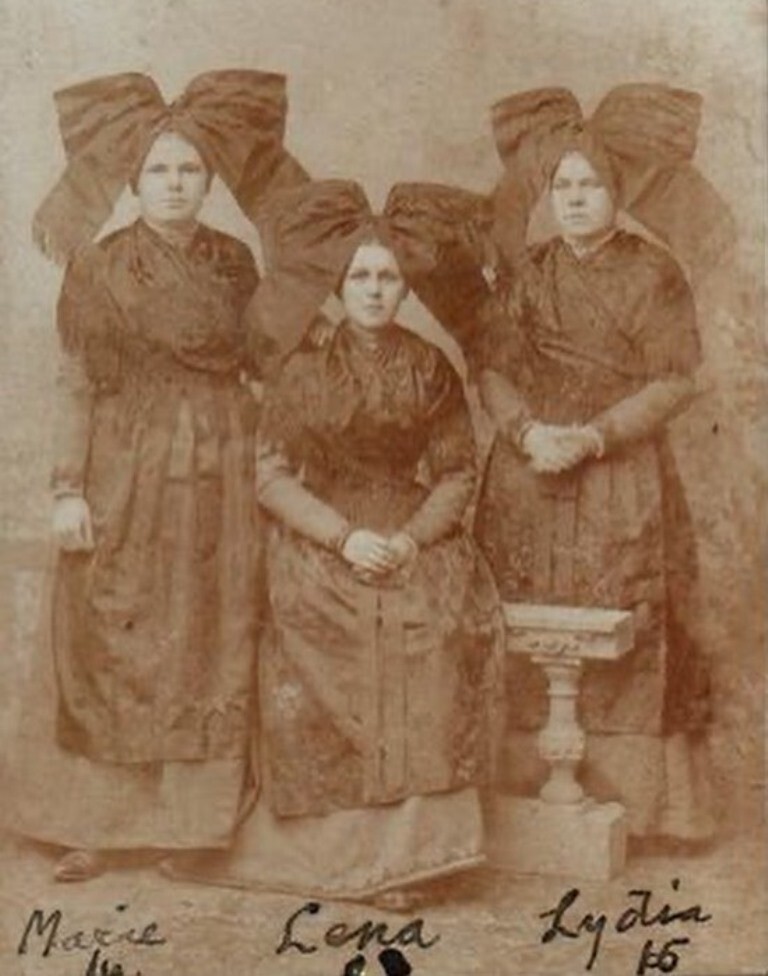
The history of Alsace-Lorraine, which changed hands between France and Germany, and then returned to France after World War II, had a profound impact on fashion, which was often intertwined with politics. 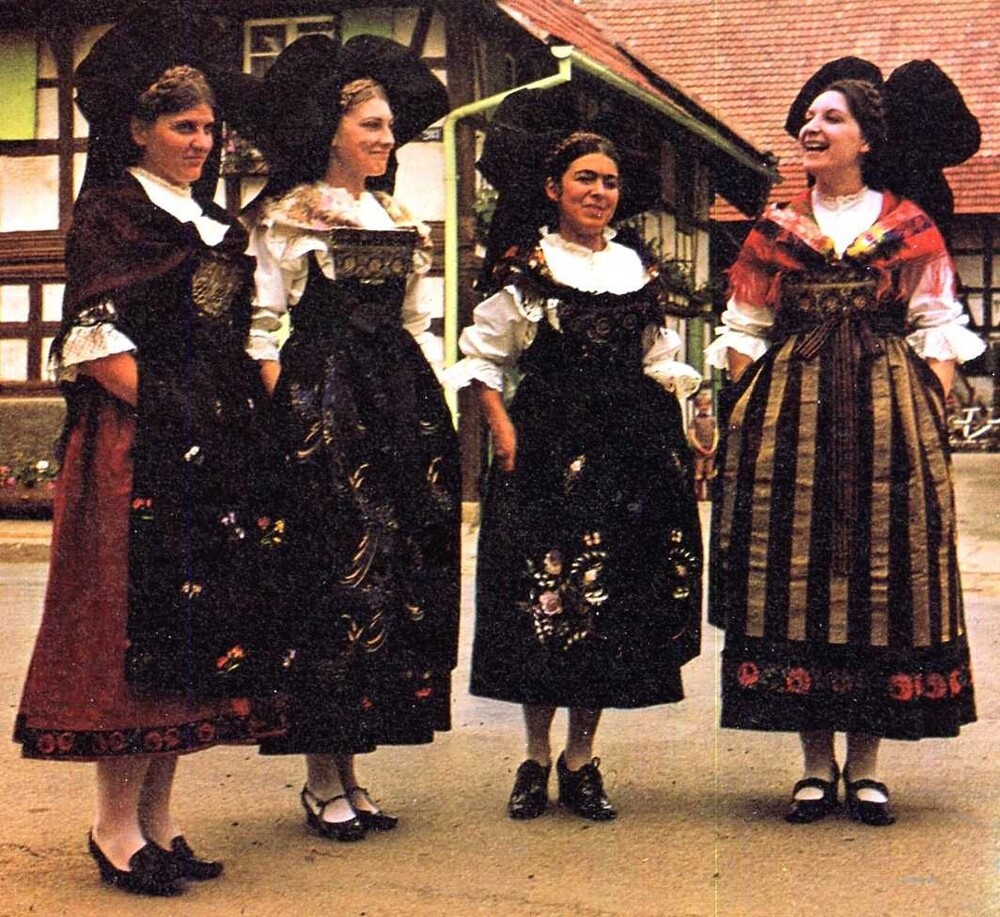
In 1793, during the era of national unification during the French Revolution, Jacobin leader Saint-Just banned the traditional hat, deeming it "too German." 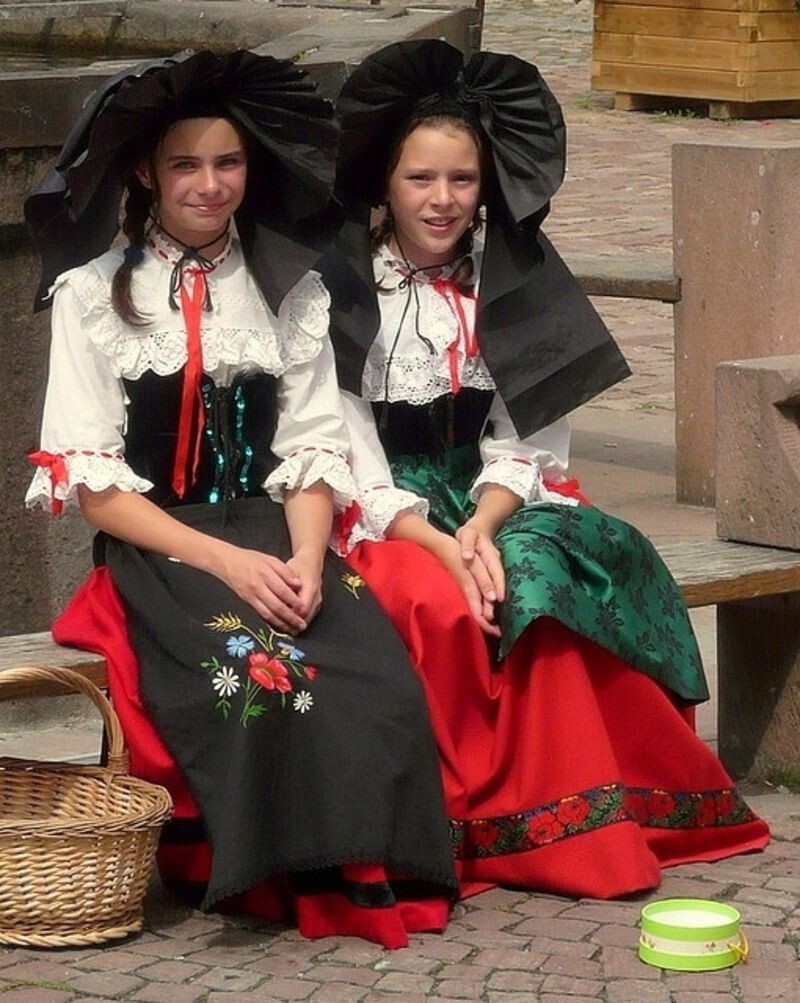
After disappearing during World War II, the bow experienced a surprise resurgence in 2014 as a symbol of identity. This revival comes at a time of the proposed unification of the Lorraine and Champagne-Ardenne regions, raising concerns among some about the possible loss of Alsace's distinctive heritage. 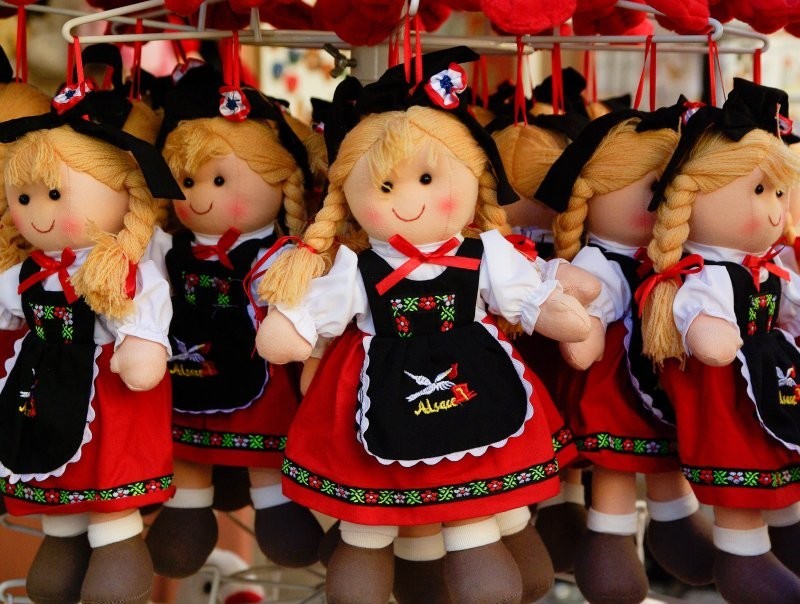
However, now the fashion has changed. And there is no particular chance of losing regional identity in retrospect. And the strange but chic schloofkap will forever remain in the history of world fashion and culture.







